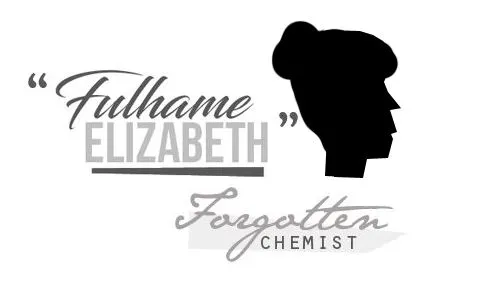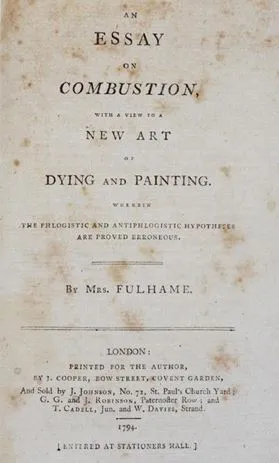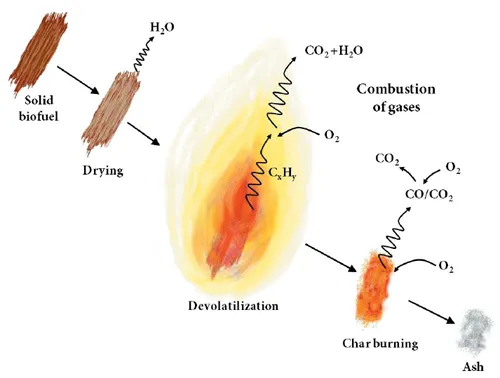
The picture was made using Photoshop CS5
.Perhaps catalysis is a term most of us are familiar with, we learn it on school while studying chemistry and it basically relates to the modification of the rate of a chemical reaction, usually accelerating it, by the use of a catalyst, a substance that’s not consumed during the reaction and thus, can be recycled. The catalyst works by lowering the activation energy required to initiate a chemical reaction and saves up energy in the process. [Source]

[Source]
Enzymes are one of the greater and most important examples of catalysts and they are an example that fascinated me when I first learned about them as a teenager. Enzymes are proteins that accelerate most of chemical reactions in living orgasnisms, which is why their catalysis also receives the name of biocatalysis, allowing them to sustain life. Since living organisms require a large amount of metabolic reactions taking place each single second, if these reactions weren’t fast enough the organism would die not being able to perform those tasks needed to survive (e.g respiration, dygestion, cell division, synthesis of DNA). [Source]

Although we are taught about this term in high school, no one tells us about who truly discovered it or well, at least no one told me. With so many amazing works written by women throughout history, it is a shame that not everyone knows about Elizabeth Fulhame and her opus magnum in which she discovered catalysis: An Essay on Combustion with a View to a New Art of Dying and Painting, wherein the Phlogistic and Antphlogistic Hypotheses are Proved Erroneus.
Elizabeth Fulhame, the forgotten chemist.

Very little is known about Elizabeth’s life, not even the date of her birth or death, in fact, the only biographical details that can be found thus far are that she was a Scottish woman born in the middle of the eighteenth century, and that she was married to Thomas Fulhame, a physician that studied at the University of Edinburg, obtaining his doctorate on the basis of a study of puerperal fever. Elizabeth was a skilled chemist and although it is believed that she was self taught in said field, she was familiar with scientists such as Joseph Priestley and Antoine Laurrent Lavoisier, the latter being a scientist she strongly disagreed with.
Around 1780 Fulhame became interested in the idea of making clothes made out of metals such as gold and silver using chemical processes and with that in mind she started her research and experiments. In 1794 she published the product of her hard work, An Essay on Combustion wih a View to a New Art of Dying and Painting, wherein the Phlogistic and Antphlogistic Hypotheses are Proved Erroneus . [Women in Chemistry: Their Changing Roles from Alchemical Times to the Mid-Twentieth Century. Rayner-Canham, Marelene].
Elizabeth was fully aware of the stigma of having a chemistry essay authored by a woman and in the preface of her book she wrote the following:

"Censure is perhaps inevitable; for some are so ignorant that they grow sullen and silent and are chilled with horror at the sight of any thing that bears the semblance of learning, in whatever shape it may appear; and should the spectre appear in the shape of woman, the pangs which they suffer are truly dismal" Source
The discovery of catalysis while studying combustion.
In her work she studied reduction reactions that led to the deposition of metallic salts by exposing them to the action of reducing agents such as hydrogen, gas, phosphorus, potassium sulfide, hydrogen sulfide, phosphine, charcoal and light.
Fulhame conducted experiments in which she concluded that water was needed to be present for the combustion of carbon in the air. She explained that combustion required two processes, the first one being the reaction of carbon with the oxygen of the water to produce carbon dioxide and hydrogen gas, while the second reaction that followed immediately after involved the hydrogen gas reacting with oxygen in the air to produce water. It is believed that she was also the first chemist to realize that a chemical reaction requires more than one step.[Women in Chemistry: Their Changing Roles from Alchemical Times to the Mid-Twentieth Century. Rayner-Canham, Marelene]

In her book she noted that substances like coal and charcoal burned better when they were damp, coming to the conclusion that water splits into hydrogen and oxygen to interact with the other compounds speeding up the combustion, and as previously stated, a catalyst (in this case, water) is a substance able to change the rate of a chemical reaction, usually by accelerating it. Another requirement for a substance to be considered a catalyst is that it can’t be consumed during the reaction, in other words, the same amount of said substance must be present at the end of the reaction; in combustion, as stated by Fulhame, although water is decomposed, the reaction forms a new quantity of water equal to the decomposed as a product. [Source]
The discovery of photochemical imaging.
Fulhame experimented by dipping a silk thread into a nitrate of gold and exposing it to light immediately after. Her use of light as a reducing agent for metal salts was the first example of photochemical imaging, the chemical basis of the photographic process. [Women in Chemistry: Their Changing Roles from Alchemical Times to the Mid-Twentieth Century. Rayner-Canham, Marelene]. [Additional source]
Elizabeth Fulhame shall not be forgotten.
Despite the fact that Elizabeth was the first to explain catalysis in such great detail, she committed the error of extrapolating her findings and claiming that water was needed for all combustion processes, which is not true.
Some decades after the publication of her essay, Jöns Jacob Berzelius would introduce the term catalysis and would be credited with the discovery of catalysis even in today’s era. I am completely sure that most readers know about this name, but not Elizabeth Fulhame's. Although Berzelius work was groundbreaking in the chemistry field, it is erroneous to give him the credit of discovering a phenomenon that had been described in great detail decades ago just because he put a name on it.
Perhaps Elizabeth was right in the preface of her work, because although her essay was well received, it didn't gain the recognition it deserved, was it because she was a woman?. It is heartbreaking to read that she was sure her work would be censured because she lived in an era where women weren't taken seriously as scientists, it wouldn't be until the 19th century when women would gain momentum for their scientific achievements.
I wrote this post in the hopes that, although it is likely that we will never have a picture of her face, her name would be recognized, so that as Berzelius' name, Elizabeth Fulhame's can be written on more chemistry books. Everyone should be aware of the fact that a woman discovered catalysis.